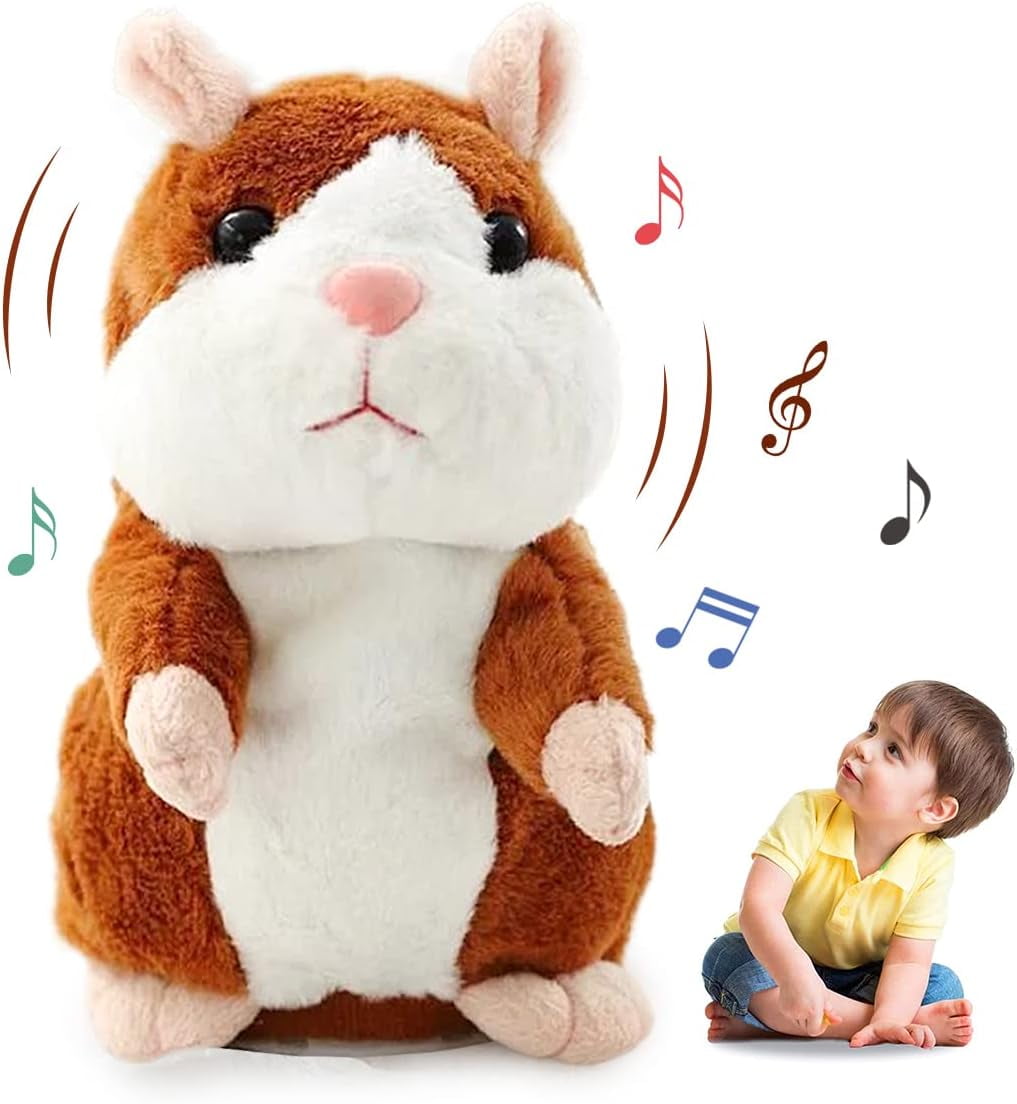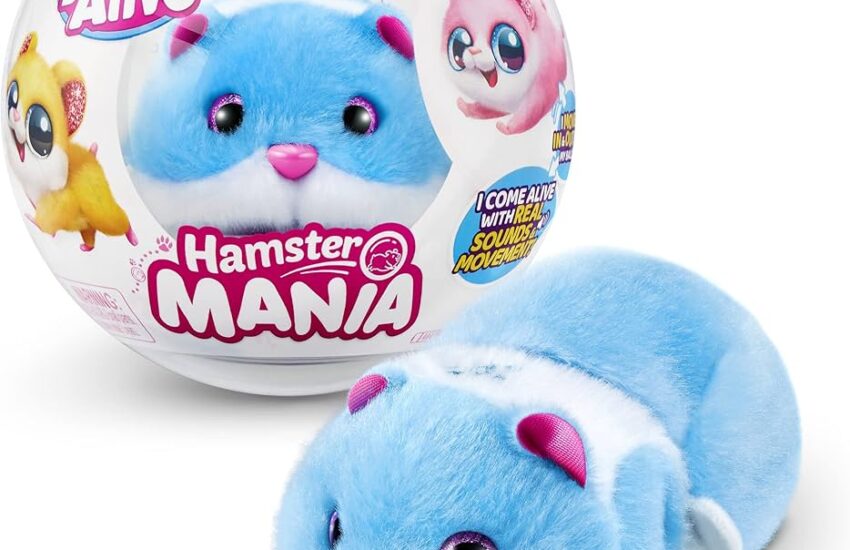Best Hamsters for Child Interaction
When looking for the best pets for children, hamsters are among the top choices. These small furry creatures are not only captivating and adorable but also engage children in a way that helps them learn responsibility and care through interaction. In this article, we will explore the best types of hamsters for children, discussing their behavioral traits, care requirements, and tips for nurturing a positive relationship between the pet and young owners.
Why Hamsters Make Great Pets for Kids
Hamsters are often recommended for children mainly due to their small size and manageable care needs. **Interactive hamsters** can provide hours of entertainment and companionship without overwhelming a child, making them ideal starter pets. Their comparatively low maintenance allows kids to learn about pet ownership without the heavy demands that come with larger animals. Moreover, their playful and curious nature invites a direct and fun relationship.
Choosing the Right Type of Hamster
When selecting a hamster for children, choosing the right breed is crucial. **Syrian hamsters**, for instance, are larger and tend to be more docile, making them suitable for gentle handling. On the other hand, **dwarf hamsters**, like Campbell’s and Roborovski hamsters, are smaller and more active, so they often require more careful supervision during playtime. Understanding the fundamental differences in hamster behavior can greatly enhance the experience of child interaction.
Behavioral Traits of Hamsters
The temperament of hamsters varies by breed. Syrian hamsters are known for their solitary nature and can often become quite friendly with consistent handling. **Dwarf hamsters**, however, may exhibit more social behavior, thriving in pairs but still needing personal space. Engaging with these pets requires patience, as some hamsters may need time to adapt to their new environment—so regular gentle interaction can lead to a trusting bond.
Creating a Child-Friendly Environment
Setting up the right habitat can significantly influence a child’s experiences with their hamster. Ensure that the cage is spacious, secure, and equipped with comfortable bedding, tunnels, and toys to stimulate interaction. A habitat that encourages exploration allows children to facilitate their pet’s playtime effectively. It’s also essential to teach kids the importance of regular cage cleaning for the health of their hamster and the overall environment.

Best Hamster Breeds for Kids
Exploring the specific breeds of hamsters can help parents make informed decisions about which pet might best fit their child’s lifestyle and interaction style. Below are a few suggested breeds that are not only adorable but also actively engage children through play.
Syrian Hamster
Syrian hamsters, also known as golden hamsters, are often the go-to choice for families. They enjoy handling and can become quite affectionate when tamed correctly. Due to their size, Syrian hamsters require a larger cage with plenty of space to roam, along with appropriate toys and exercise wheels to keep them stimulated. Their relatively gentle nature makes them fantastic pets for children ready to learn about pet care responsibly.
Roborovski Dwarf Hamster
The Roborovski dwarf hamster is one of the smallest hamsters, often preferred for their cheerful disposition and curiosity. They are incredibly active and love to burrow. While they may be less inclined to be handled compared to Syrian hamsters, watching them play can provide endless delight for children. Parents should encourage children to observe their lively antics, fostering appreciation and understanding of these energetic creatures.
Campbell’s Dwarf Hamster
This breed is known for being social, making them good companions for children who would like more active interactions. Campbell’s dwarfs thrive in pairs or groups, which adds a layer of adventure for kids. Although they are small and fast, regular handling from an early age can help them adjust to the human touch and develop an endearing personality that brings joy to their young owners.
Simple Care Tips for Child-Friendly Interaction
Incorporating pet care into children’s daily routines can cultivate a responsibility that translates into their understanding of how to treat animals with kindness. Below are a few straightforward care tips for optimal child-hamster interactions without overwhelming kids.
Establishing a Routine
Implementing a consistent care routine can help children take ownership of their pet’s well-being. Tasks include feeding, water changing, and cleaning the cage. Children can learn the importance of keeping the hamster’s living environment tidy. Engaging in these daily responsibilities fosters accountability while simultaneously allowing them to enjoy playtime through planned interactions.
Safe Handling Techniques
Teaching children how to properly handle hamsters can significantly minimize accidents. **Gently scooping the hamster up with both hands**, rather than grabbing or startling it, can make a positive difference in their relationship. Ensure that vibrant play areas are securely enclosed reflecting child-proof considerations to promote safe interactions and keep both pets and kids at ease.
Supervised Playtime
Interactive playtime is fun, but supervision is essential to avoid accidents or stress for your hamster. Establish a designated time every day for child-hamster interaction, allowing you to model safe play behaviors if necessary. Using treats during play can help kids learn about positive reinforcement while developing a trusting bond with the pet.
Key Takeaways
- Hamsters are wonderful pets for children due to their manageable care and interactive nature.
- Choosing the right breed, such as Syrian or Roborovski dwarf hamsters, is key to creating a good pet experience.
- Establishing routines and teaching proper handling will foster a solid bond and responsible pet ownership.
- Engaging children through interactive pet care promotes empathy and understanding toward animals.
FAQ
1. How can I tell if my hamster is happy?
A happy hamster often exhibits playful behavior—running on wheels, exploring their habitat, or enjoying interaction with their owners. **Health signs** include bright eyes, perky ears, and a curious attitude. Additionally, a well-fed hamster who engages in regular activities without appearing lethargic is generally in good spirits.
2. What should I feed my hamster for optimal health?
Hamsters thrive on a balanced diet consisting of commercial rodent pellets, a small quantity of fresh vegetables (like carrots and spinach), and occasional treats such as seeds or nuts. It’s crucial to avoid high-fat foods, ensuring that any additions to their diet are suitable for their specific breed to prevent health issues.
3. Are hamsters nocturnal, and how does this affect playtime?
Yes, hamsters are primarily nocturnal, meaning they are most active during the night. This can impact playtime for children, so planning interactions during the evening may yield more engaging activities. Owning a hamster also teaches children about respecting the natural behaviors of animals.
4. Can hamsters live together, and how should I introduce two hamsters?
Some hamster breeds, like Campbell’s dwarfs, can live together if introduced properly. Begin by keeping them in separate cages, allowing them to observe each other through the bars. Gradually let them interact in a neutral space—supervision is essential. Be prepared to separate them if aggressive behavior occurs.
5. What common health issues should I watch for in hamsters?
Common health concerns include wet tail, respiratory issues, and dental problems. Keeping a close eye on your hamster’s behavior, diet, and hygiene can often prevent these diseases. Regular veterinary check-ups can also ensure your hamster stays healthy and image options can help identify early signs of any concerns.
